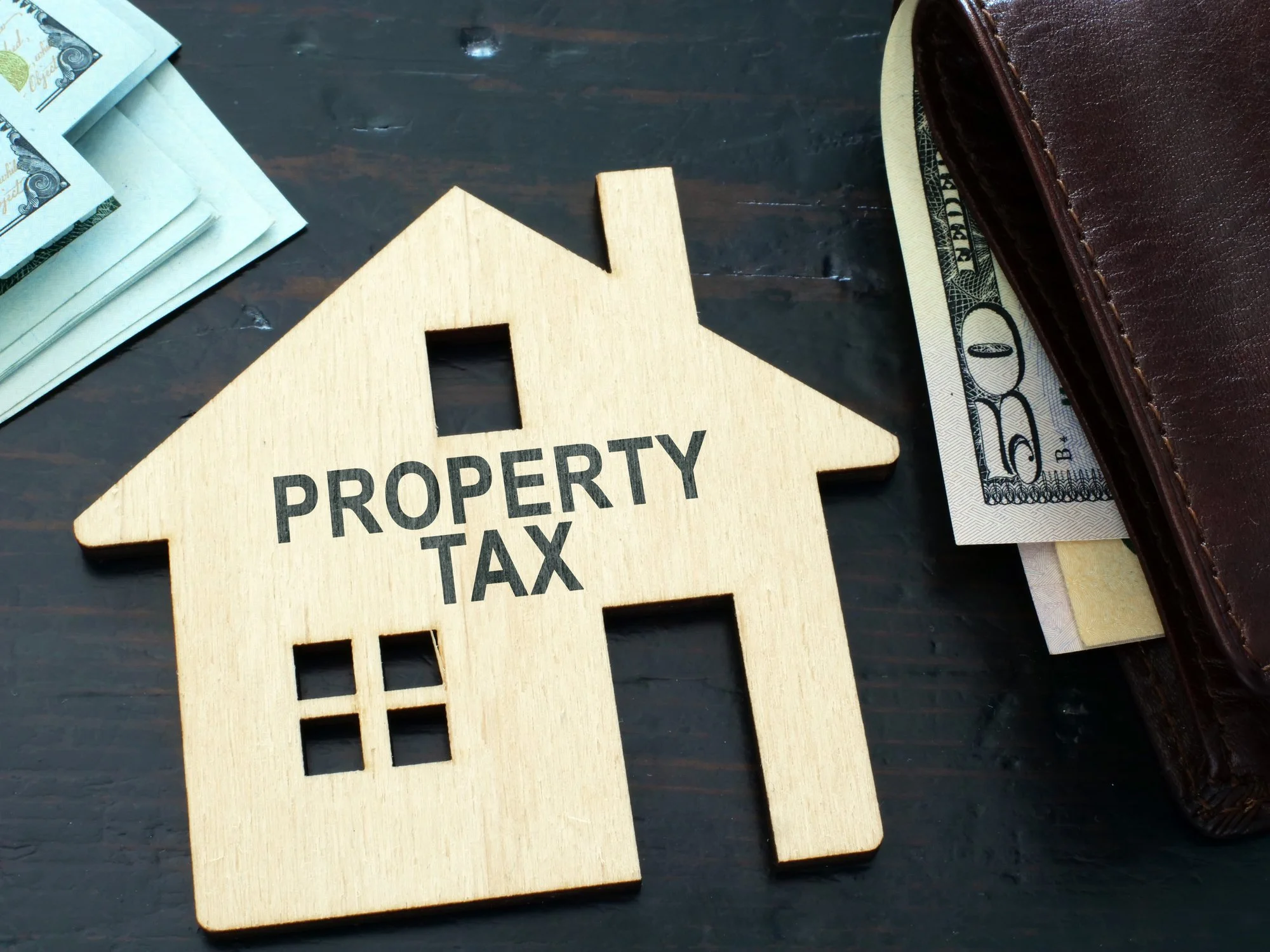Last month, Ohio state Rep. Thomas Patton introduced a bill to freeze property taxes for low- and middle-income households.
The bill specifies that property taxes shall be frozen if the home is occupied by someone making $75,000 or less (a little over 110% of the statewide median household income) and the person living in the home is enrolled in Medicaid or Medicare.
This practically means that the property tax benefit would apply to people who are homeowners who are low-income or middle-income and elderly.
This sort of tax benefit would be helpful for some low-income people and elderly people who own homes. Housing prices in Ohio have doubled over the past decade, which is likely leading to higher property tax costs for homeowners across the state to go with it.
There are a couple of considerations worth taking into account when looking at a policy like this, though.
First, where will we be losing revenues if this policy is put into place? According to the Ohio Department of Taxation, about two-thirds of property taxes in Ohio go to school funding. This means about two-thirds of the savings would be paid for with lower spending on K-12 schools.
This could have uneven geographic impacts as well. It may not have as significant of an impact in communities with more people on Medicare, which would mostly be retirees. But school districts that have more low-income homeowners would see a disproportionate impact to school revenues. This would further limit resources to schools with high rates of low-income homeowners living in their districts.
Another consideration for this policy is who would be left out? According to a Federal Reserve Bank of Minneapolis article from earlier this year, more low-income Americans own their homes now than ever before. Despite this upward trend, a majority of bottom-quintile Americans still do not own their homes.
This impacts retirement-age people as well. While a majority of retirement-age people in Ohio own their homes, about 27% of retirement-age people are still renters according to Census Bureau surveys. This means substantial numbers of low-income people and retirees are renters.
But this is fine because renters don’t pay property taxes, right? Wrong: renters pay property taxes because the people who own their homes pay property taxes. Just like how retailers can pass on part of their sales taxes to consumers and how importers can pass on part of the cost of tariffs to those who buy their products, landlords pass on the cost of property taxes to renters. So renters are burdened with property taxes but would not receive any relief under this sort of proposal.
Is there a better way to do property tax relief?
One way would be to target relief to low-income people and retirees without the stipulation of homeownership. Just provide a tax credit with the stipulation of Medicaid or Medicare enrollment. This would relieve tax burdens and make sure that relief gets to everyone who is burdened by property taxes.
It would not, however, provide a solution to the problem that lowering property taxes means lowering support for schools and likely hurting student achievement. This would need to be fixed through another revenue stream if policymakers did not want to accept this tradeoff for property tax relief.
This commentary first appeared in the Ohio Capital Journal.


